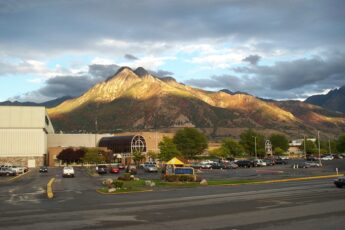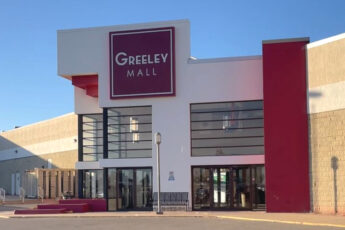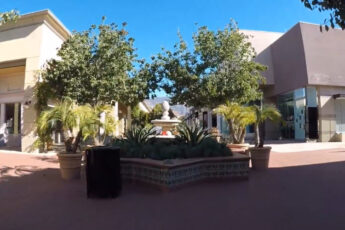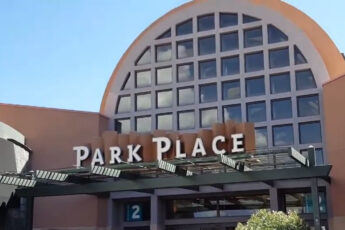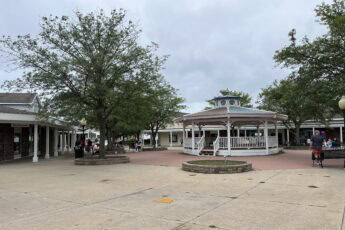Inception and Development: Commercial Expansion Plans in Merrillville, IN (1977-1979)
Bass Financial, a Los Angeles real estate developer, initiated Century Mall's construction in September 1977.
Located in Merrillville, Indiana, the project targeted the rapidly expanding commercial corridor in Northwest Indiana. The mall was planned as a single-story enclosed shopping center with 415,000 sq ft of leasable space.
The development focused on securing two major Chicago-based department stores as its initial anchors: Montgomery Ward and Goldblatt's. Both companies agreed to open large-format stores as part of their Midwest expansion strategy.
Montgomery Ward planned a full-line retail store, while Goldblatt's positioned itself as a mid-market department store. By late 1978, the construction was near completion, and tenant leasing activity ramped up.
Century Mall opened its doors to the public in March 1979. By design, it catered to middle-income shoppers, with regional chains and national retailers leasing space.
However, by the opening date, only 70% of the retail units were occupied, reflecting economic uncertainty and competition from nearby Southlake Mall, which was already well-established.
Despite promotional efforts, early lease rates fell short of expectations. The mall's developer struggled to attract additional tenants to fill vacant units. Bass Financial's plan relied heavily on trade-area retail traffic and population growth in Merrillville.
Local real estate analysts noted that the mall's prime location offered strategic potential, but early leasing challenges indicated risks ahead for Century Mall.
Opening and Early Struggles (1979-1982)
Bass Financial couldn't maintain steady occupancy rates. Goldblatt's, struggling with financial issues, closed its Century Mall location in 1982 after filing for Chapter 11 bankruptcy.
This sudden vacancy left a large portion of the mall without a key tenant. The timing couldn't have been worse as the economy faced a downturn, leaving many prospective tenants reluctant to commit.
Simon Property Group saw an opportunity and bought the mall in August 1982, just before Goldblatt's closure. Simon's strategy aimed to reposition Century Mall by targeting value-oriented shoppers.
Reconfiguration and Off-Price Strategy (1982-1995)
After Simon Property Group took control, they restructured the mall's tenant mix. They split the former Goldblatt's space between Burlington Coat Factory and Service Merchandise.
This move aligned with their shift to an off-price discount model similar to strategies used at Eastgate Mall in Indianapolis and Arborland Center in Ann Arbor. The focus shifted from traditional department stores to value-based shopping.
The mall added a small food court on the south end, catering mostly to budget-conscious shoppers. Local eateries dominated the offerings, with Schoop's Hamburgers and Subway leading the way.
The corridors leading to Burlington and Service Merchandise saw an influx of lower-cost retailers, which drove some traffic but couldn't fully turn the tide.
Despite the shift to a discount strategy, Century Mall continued to face challenges. Service Merchandise relocated in 1995 to the Crossings at Hobart, leaving yet another anchor space vacant.
Burlington expanded into the vacated space, but the loss of Service Merchandise highlighted the ongoing struggle to retain major tenants.
By the mid-1990s, national retail chains had largely left, leaving the mall dependent on local businesses and a dwindling number of regional outlets.
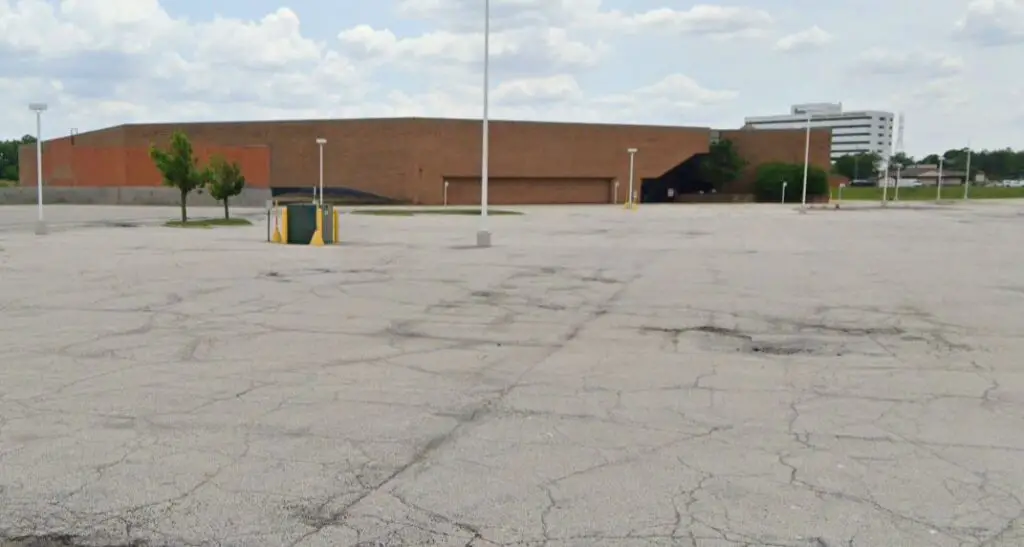
Final Years and Closure (1996-2001)
By the late 1990s, Century Mall was a shadow of its former self. Retail space that once housed national brands now hosted low-cost vendors and clearance stores.
Even Burlington Coat Factory, the last anchor tenant, couldn't sustain the mall's traffic alone. With other retail options nearby, Century Mall became increasingly irrelevant in the area's retail landscape.
Montgomery Ward, the original anchor, closed its doors in March 2001 following the chain's bankruptcy. This closure was the final blow to the mall's viability.
The property became largely vacant, with few remaining stores struggling to draw any substantial business. The once-bustling corridors were mostly empty, with only a handful of loyal local companies still hanging on.
In February 2001, Tri-Land Properties purchased the struggling mall, intending to redevelop the property into a power center. Their vision included demolishing most of the mall and transforming the space into a series of big-box retail outlets.
By June 2001, the remaining tenants had been asked to relocate or exit, marking the official end of Century Mall as it had been known.
By 2002, demolition was complete, and the remaining shell of Century Mall gave way to new development. The Burlington Coat Factory and Montgomery Ward buildings were left standing but repurposed as part of the rebranded Century Plaza.
Demolition and Rebirth as Century Plaza (2002)
The new development, Century Plaza, shifted away from the traditional enclosed mall format. Instead, it featured a more open design typical of power centers, focusing on big-box retailers and national chains.
The rebranding from Century Mall to Century Plaza happened in June 2002, aligning with the launch of new stores. Old Time Pottery filled the former Montgomery Ward space, drawing steady traffic and setting the tone for the plaza's new direction.
Century Plaza attracted various retail tenants, with an emphasis on home goods, office supplies, and discount merchandise. In 2008, a 20,400-square-foot Staples store opened, bringing additional activity to the plaza.
The redevelopment also included smaller outlot spaces, which housed a mix of national chains and local businesses. This redevelopment breathed some new life into the area, even as nearby shopping centers continued to evolve.
While Century Plaza represented a more modern approach to retail, it also reflected broader industry trends. The transition to big-box stores and strip mall formats mirrored similar developments across the region, aiming to meet changing consumer preferences for convenience and quick access.
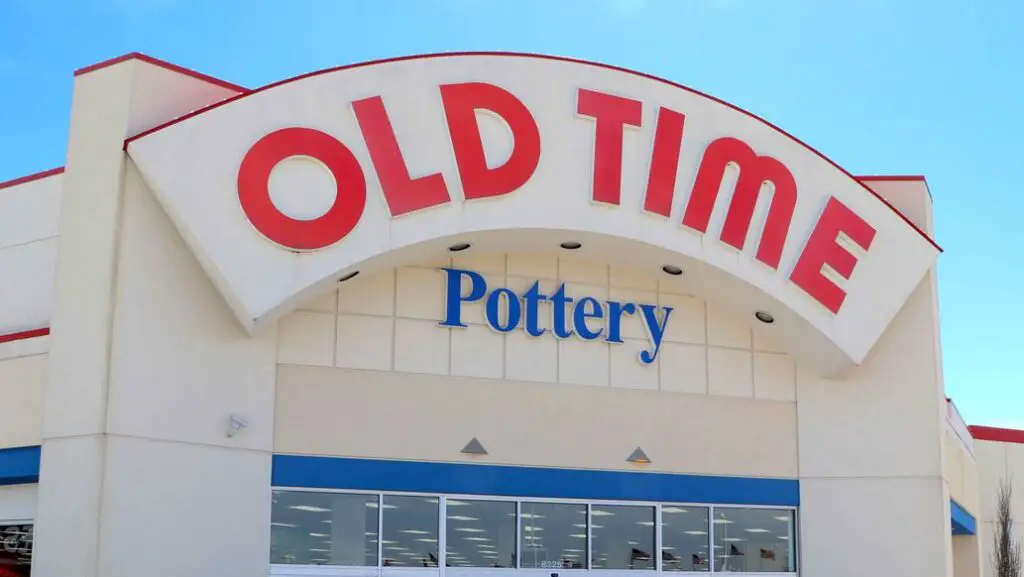
Recent Developments and Future Prospects (2023-2024)
As of 2024, Century Plaza still functions as a retail center, albeit with a different energy compared to its earlier years. Staples closed in the 2010s, and the building is now occupied by Northern Tool + Equipment.
The mix of stores leans heavily toward eateries, discounts, and home goods, with businesses adapting to changes in consumer spending.
In 2023, Merrillville saw a construction boom, with over $190 million in new developments, including residential, commercial, and infrastructure projects.
Town leaders have emphasized their vision of transforming Merrillville into a more pedestrian-friendly community while maintaining its commercial appeal. This effort could include modernizing the landscape and improving curb appeal to attract both businesses and visitors.
Plans are also in place to build a new governmental complex and town square. The project, which would be located near the current town hall, could include a new park, amphitheater, and retail space designed to foster a walkable, community-centered environment.
Although these developments don't directly involve Century Plaza, they underscore the shifting priorities in the area.
Additionally, a study was commissioned in 2024 to explore the possibility of building a new Lake County convention center, with the former Century Mall site among the top locations considered. This potential development aligns with the broader push to attract more business and tourism to Merrillville.

